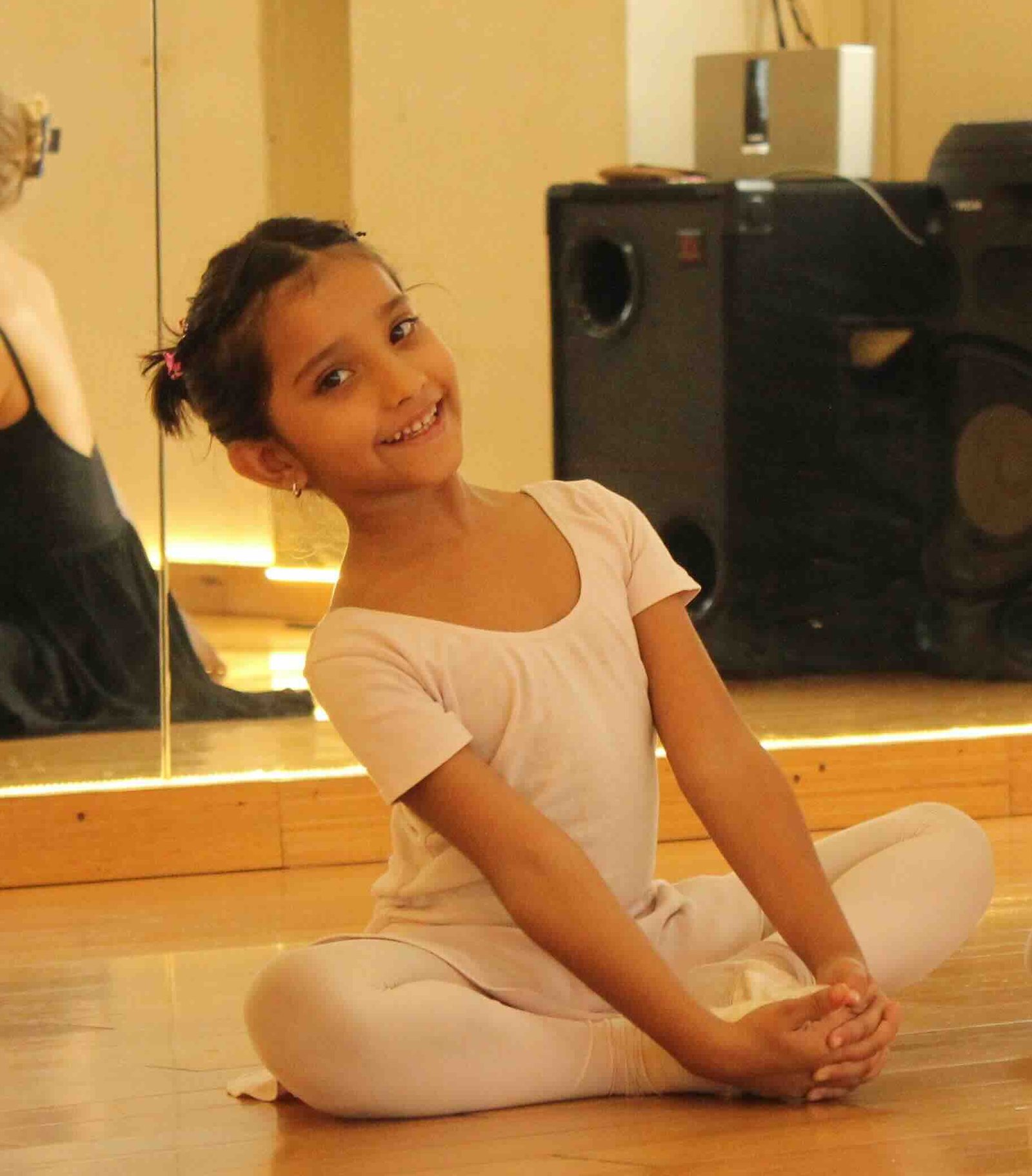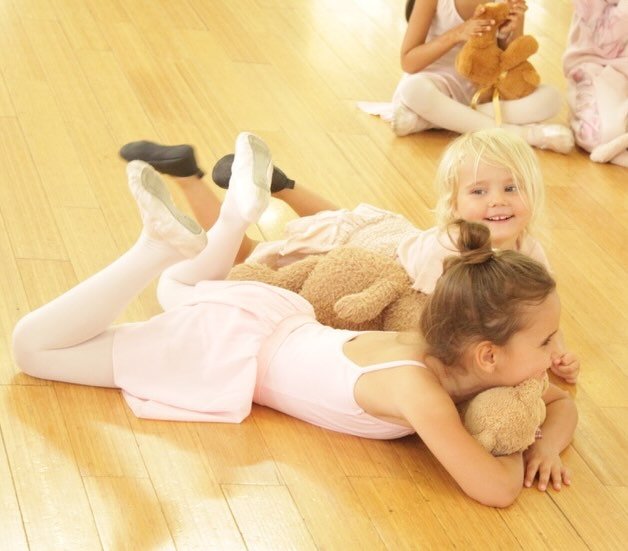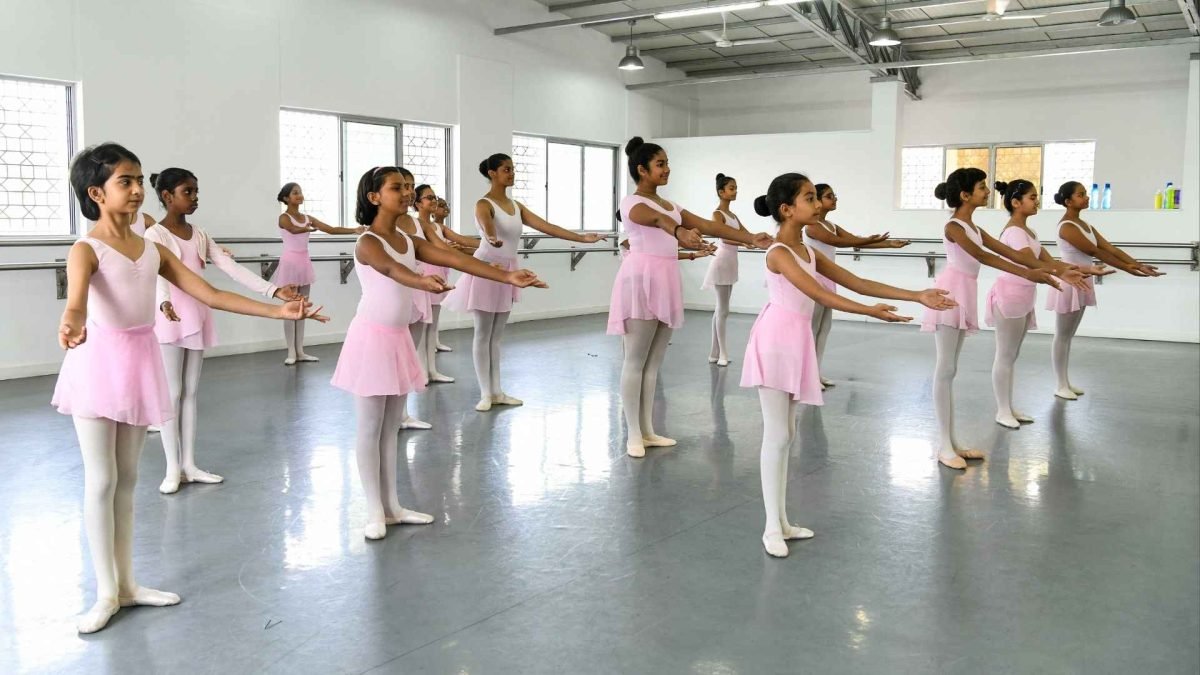 New parents and students often have questions about how ballet works and how we at TLFCB work with our students. How do they get the most out of their ballet classes? Find out the answers to our most asked questions, answered by our own TLFCB teachers.
New parents and students often have questions about how ballet works and how we at TLFCB work with our students. How do they get the most out of their ballet classes? Find out the answers to our most asked questions, answered by our own TLFCB teachers.
Could you explain how the ballet grade system works? Is it similar to that of my child’s school – with my child moving up a grade a year after passing an exam?
The grade system in ballet works much like it does in school – students progress through the 12 levels of Imperial Ballet by being assessed or examined, and upon successful completion of the assessment, they move up to the next level. The difference between school and TLFCB is that we don’t work in a ‘batch’ system. Students are moved up to the next level of ballet when they are ready, independent of their peers or a yearly ‘completion’ of a grade. We take our time in the lower grades, ensuring that the students’ foundation is strong. This builds a solid platform for students to continue their development as they move through the higher grades, often attending more than one grade level at a time.
Should my child be practising at home?
This depends. We don’t give homework in the early stages of students’ ballet journey, as this can be counterproductive. Firstly, we want young students to be excited about coming to class. Giving them homework and expecting them to present results of this work can make them feel unsure and intimidated – something we certainly don’t want to do! Secondly, when students are very young or new to ballet, they may not understand the corrections or technical details that we use without our guidance. If they go home and practise a lot, and what they practise is incorrect, they will be building the wrong muscle memory for that movement. This will make it more difficult for both the teacher and the student to correct afterwards.
The exception to this rule is when students are very close to moving up to the next grade. At this stage, we would expect the students to have an understanding of the movements and detail required for home practice.
Older students are given homework when the teacher can see that the work in class is not sufficient for their continued development. These students are expected to understand the technical detail of the corrections needed and are expected to take responsibility for their own practice.
 When will my child go en pointe?
When will my child go en pointe?
Students will be offered the beginners pointe class in either Grade 5 or Grade 6, depending on the strength of their feet and general technique. This is under the discretion of Artistic Director Yana Lewis who personally assesses and fits the pointe shoes for all students who are about to go en pointe.
What should my child eat before coming to class?
It is a good idea to have a light, fibre-rich snack 30 minutes to an hour before class, as this will provide sustained energy for the class. A large meal just before class is not a good idea, as this will make students feel uncomfortable. It will also make them feel tired, as their energy is used in the digestion of the food.
When will I be able to see my child perform?
We hold biennial performances. All students take part in a large show every other year – one in September for the younger students, and one in December for senior students. We also hold open classes for our younger students, giving parents the opportunity to see them in class between the shows. Next year, 2025, is show year!
 What is the right attire for ballet class? Are there any do’s and don’ts?
What is the right attire for ballet class? Are there any do’s and don’ts?
The uniform for TLFCB ballet classes is bought at Fitness&Fairies, and consists of a pink tank Calla leotard, pink Sansha ballet shoes, pink Sansha ballet tights, and a pink Sansha wrap skirt for girls. Boys wear black shorts, a white fitted t-shirt and black ballet shoes, and once more advanced, a white leotard and black tights with black shoes.
Other attire is not allowed at TLFCB at Pre-primary, Primary and Grade 1 levels.
Female students are expected to wear their hair in a neat ballet bun on the crown of their head. If students have short hair, it should be pinned back with a hairband or pins.
Why should students wear uniform to class?
The uniform is an important tool in ballet class. In the early years, the skirt helps young female dancers understand the placement of their arms. It is important to wear the correct attire so that teachers can see posture, arms, legs, torso and feet without restriction. The shoes are of utmost importance, as the wrong size or fit of the shoe can cause students to use their feet incorrectly. This is why we only allow shoes and uniform from our partner Fitness and Fairies.
Do we hold exams or assessments?
Exams and formal assessments are held biennially, in between show years. The assessment culminates in a progress report, and it is for students who are not yet ready to move to the next grade. They receive feedback on their progress in that level. Examinations are held by the ISTD and are offered to students who are ready to move to the next grade. Upon completion of the exam, students will move up to the next level.
Students who are ready to move to the next level in between assessment and examination years do not need to wait – they will be assessed individually, in class, by the teacher.
 Do we provide certificate for completing grades?
Do we provide certificate for completing grades?
On completion of a grade, whether through assessment or examination, students receive a certificate.
Do we send students for competitions?
We have entered students for competitions in India, and are looking at further events abroad, however, we do not prioritise competition. Classical ballet is a performing art, not a competitive sport. We do, however, encourage students who wish to take part in competitions to do so for the experience and exposure to ballet in a different setting.
Is one class enough in the week?
At a young age, one class each week is sufficient. We want students to be excited to come to each class, as this is the best way for them to learn, and too many classes in a week may become tiring for young dancers. Once students move up to higher levels, we recommend more than one class in a week, as well as supplementary classes such as Stretch and Beyond for Ballet.








Leave a Reply